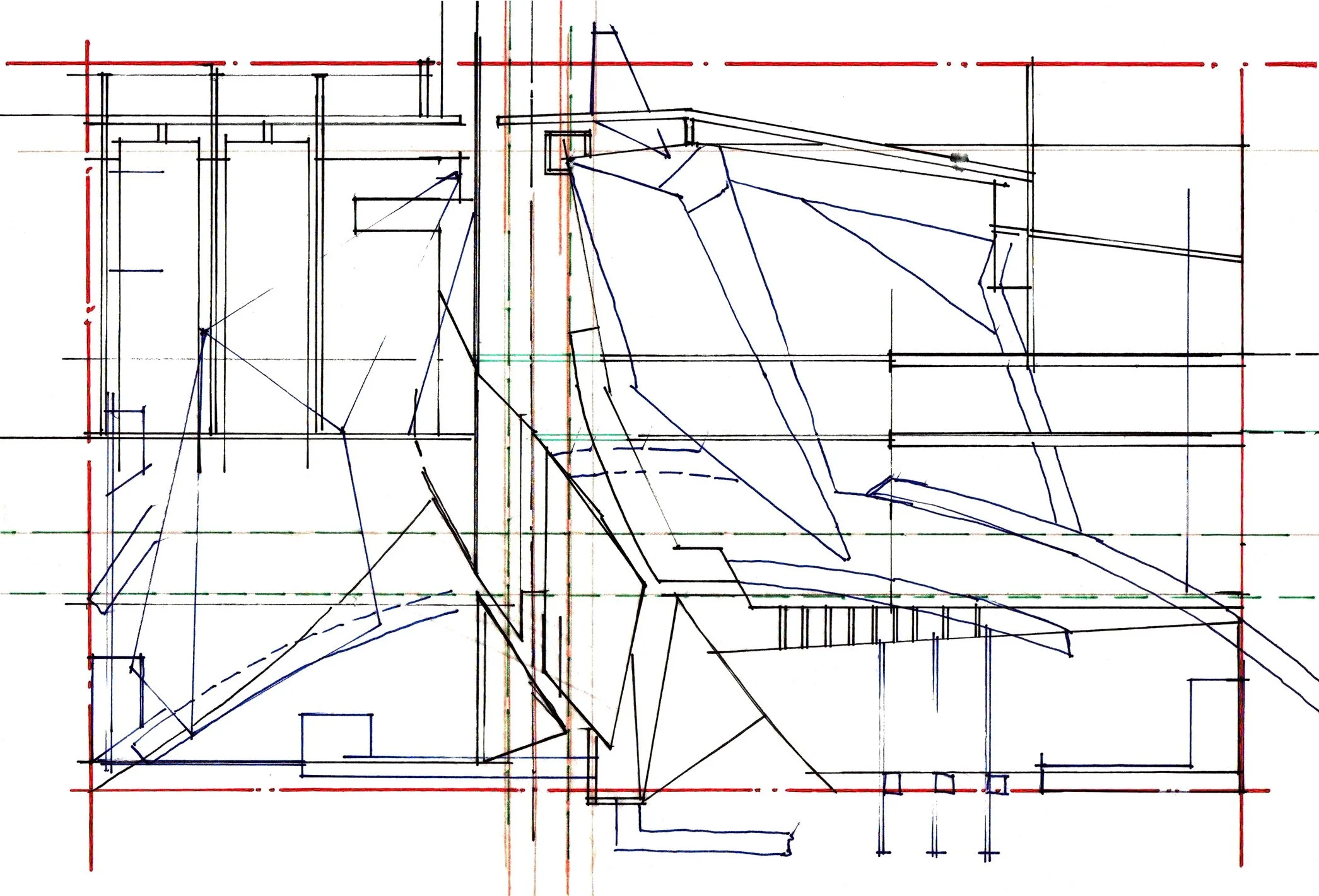01. Architecture, Art, and Science
“Architecture, more fully than other forms, engages the immediacy of our sensory perceptions. The passage of time, light, shadow, and transparency; color phenomena of time, material, and detail all participate in the complete experience of architecture. The limits of two-dimensional representations like photography, painting, the graphic arts, or the limits of aural spaces in music only partially engage the myriad sensations evoked by architecture. While the emotional power of cinema is indisputable, only architecture can simultaneously awaken all the senses- all the complexities of perception.
Architecture, by unifying foreground, middle ground, and distant view, ties perspectives to details and material to space. While a cinematic experience of a stone cathedral might draw the observer through and above it, even moving photographically back in time, only the actual building allows the eye to roam freely among inventive details- only the architecture itself offers the wooden pews, the experience of light changing with movement, the smell and resonant sounds of space; the bodily relations of scale and proportions. All three sensations combined within the within one complex experience, which becomes articulated and specific, though nonverbal. The building speaks through the silence of perceptual phenomena.”
02. Natural Design
“There are three defining characteristics that we can learn from natural design.
Everything we have to work is already here — the stone, clay, wood, water, the air, the sunlight. All material found in nature are constantly returning to the earth without even the concept of waste as we understand it. Everything is cycled constantly with all waste equaling food for other living systems.
The one thing that allows nature to continually cycle itself through life is energy: this energy comes from outside the system in the form of perpetual solar income. Not only does nature operate on a “current income,” it does not mine or extract energy from the past, it does not use its capital reserves, and nor it does borrow from the future. It is an extraordinarily complex, and efficient system for creating and cycling nutrients. The process is so economical that modern methods of manufacturing pale in comparison to the elegance of natural systems of production.
This metabolic system is sustained by its biodiversity. What prevents living systems from running down and veering into chaos is a miraculously intricate and symbiotic relationship between millions of organisms; no two of which are alike.
As a designer of spaces, buildings, and things, I constantly ask myself how to apply these three characteristics of living systems to my work. How do I employ the concept of “waste equals food.” Correct solar income? Biodiversity in design? Before these principles can be applied, we must understand the principle of design in human affairs.”

